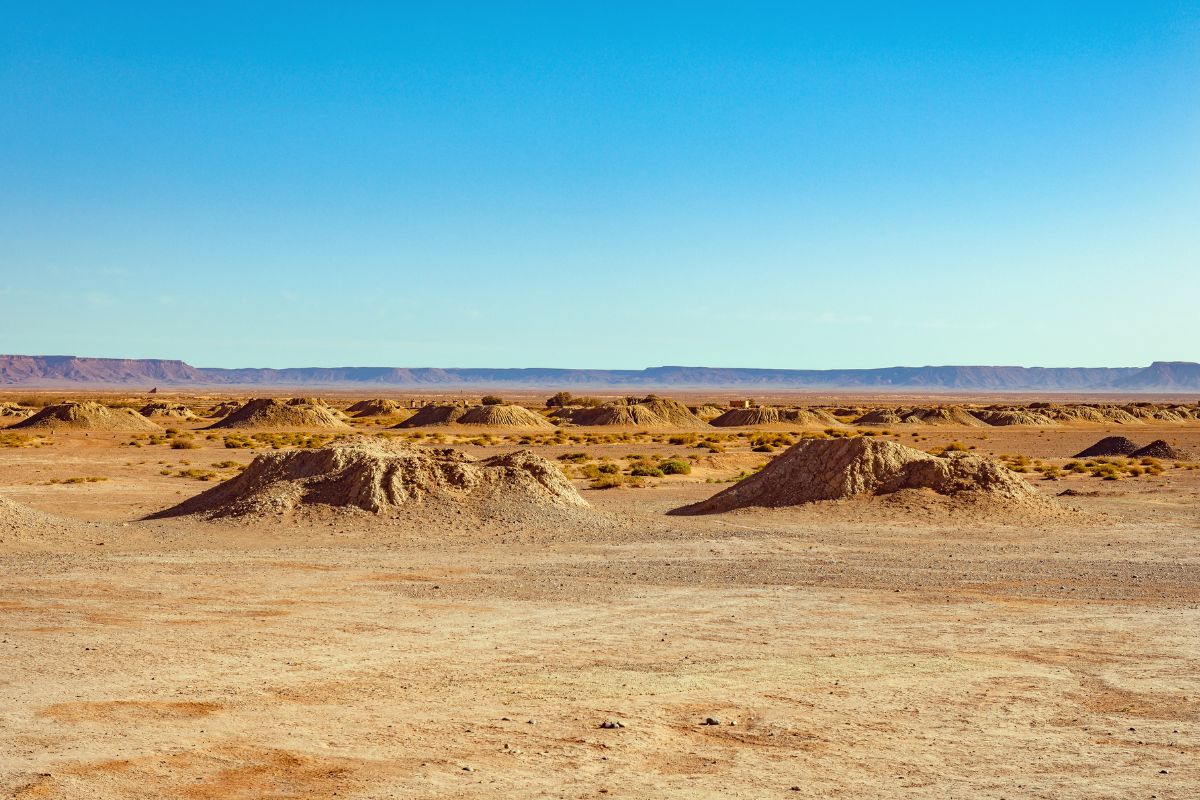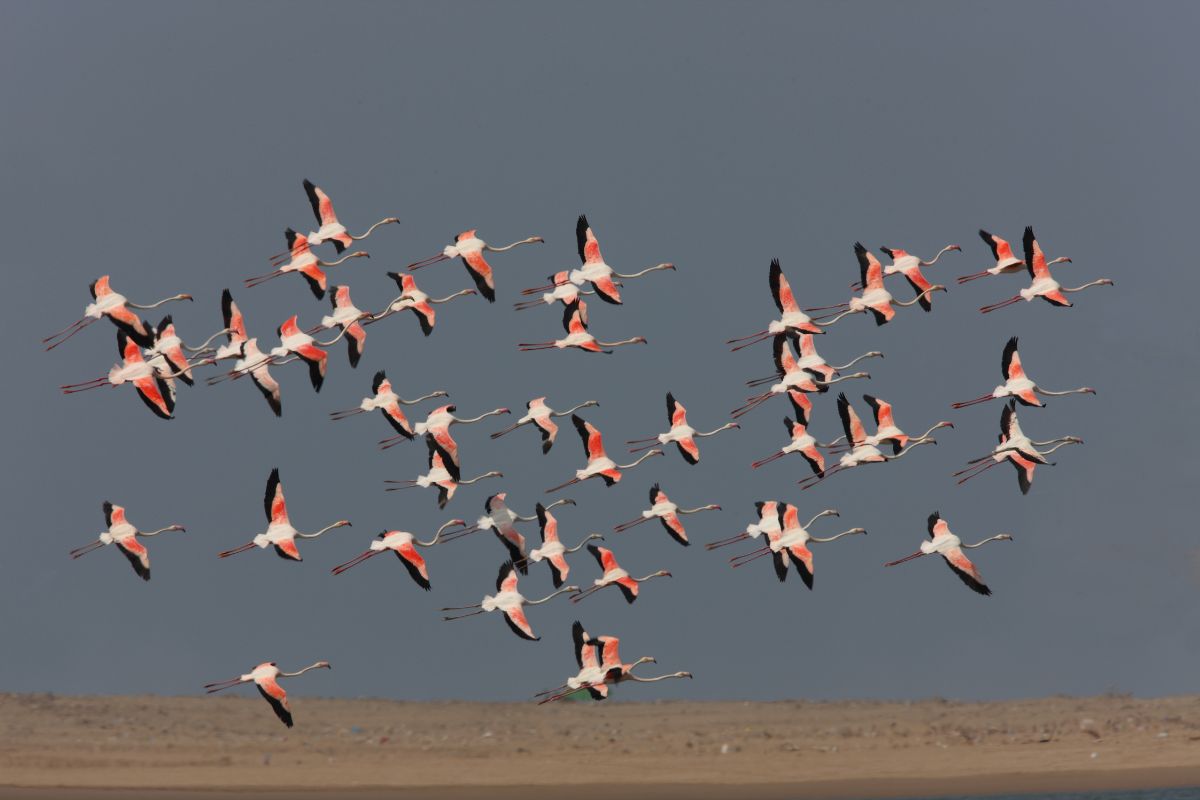The Barbary macaque, scientifically known as Macaca sylvanus, is a remarkable species of monkey native to Morocco and the surrounding regions. Often referred to as the Barbary ape, despite being a monkey, this species has a fascinating history and plays a vital role in Morocco’s ecosystems. However, these unique primates are facing severe threats, and their survival is hanging in the balance. In this article, we will delve into the world of the Barbary macaque, exploring their biology, significance, the challenges they face, and the conservation efforts being made to ensure their survival.
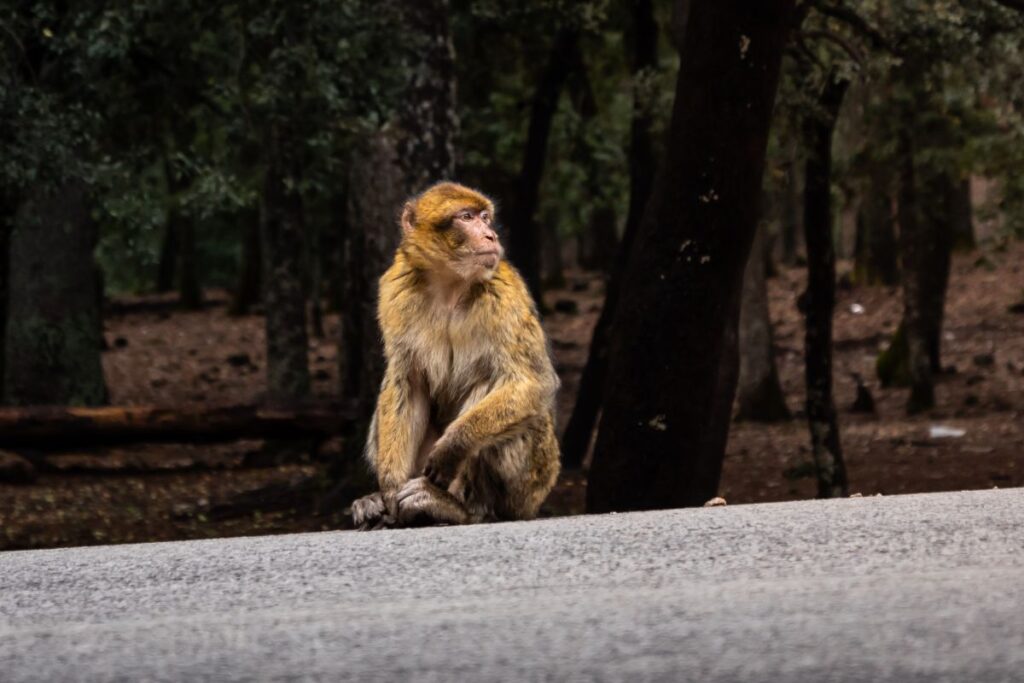
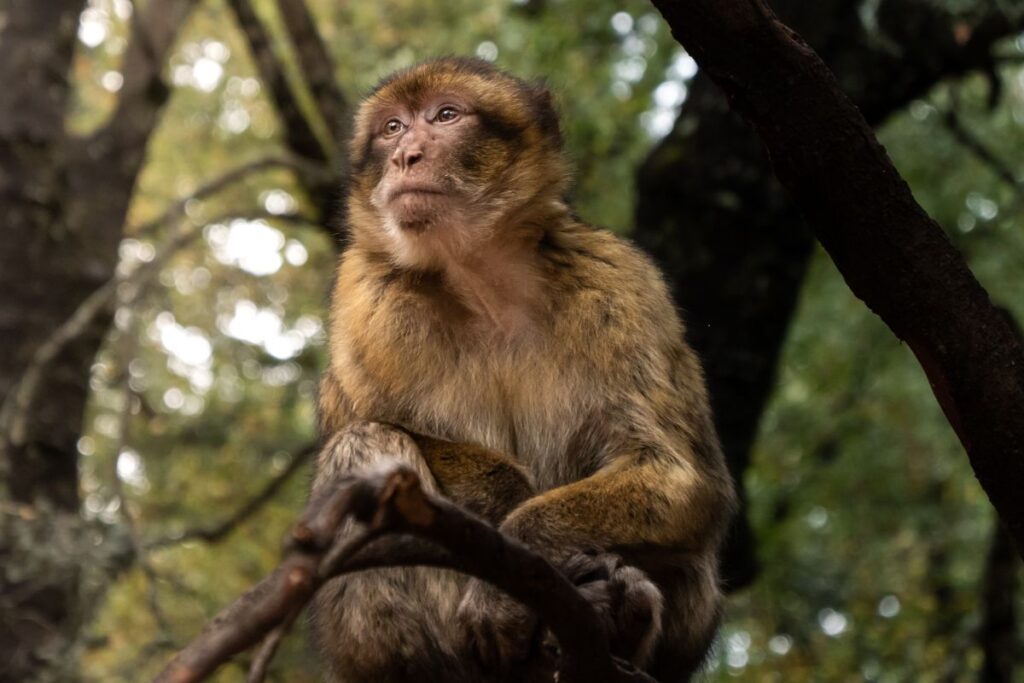
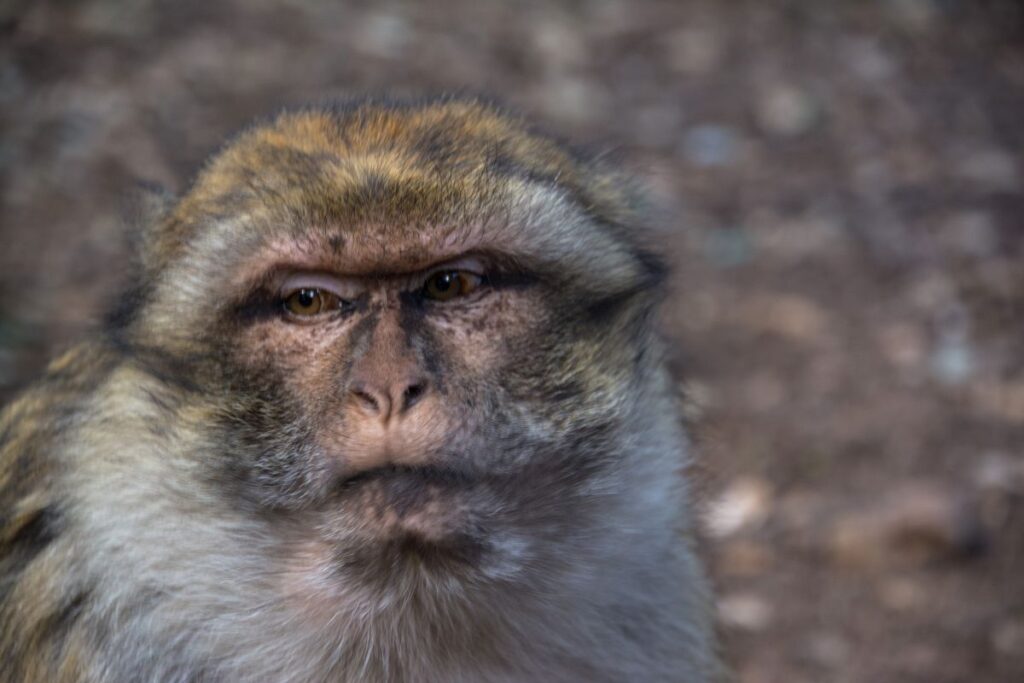
Biology of the Barbary Macaque
Barbary macaques are Old World monkeys that belong to the Cercopithecidae family. They are characterized by their distinctive appearance, with a sturdy build, a short tail, and a dense coat of fur that ranges from gray to brown. Their striking faces are hairless and framed by a mane of fur, giving them an almost regal appearance.
These macaques are primarily herbivores with a diet that consists of fruits, leaves, seeds, and other vegetation. They are highly adaptable, which allows them to inhabit a variety of habitats, including cedar forests, oak woodlands, and mountainous regions. Their ability to thrive in different environments has made them a vital component of Morocco’s ecosystems.
Significance to Morocco’s Ecosystem
The Barbary macaque is not just an iconic species in Morocco; it also plays a crucial role in the country’s ecosystems. As seed dispersers, these monkeys help in the regeneration of forests by spreading seeds throughout their range. This contributes to the overall health and diversity of plant species in the region, which in turn benefits other wildlife.
Moreover, Barbary macaques are also important from an ecological perspective because they serve as prey for various predators in their habitat, helping to maintain the balance of the food chain. They are a key species for researchers studying primatology and animal behavior, providing insights into the complex social structures and behaviors of these primates.
Challenges Faced by the Barbary Macaque
Despite their ecological significance and cultural importance, Barbary macaques face a multitude of challenges that threaten their survival:
- Habitat Loss: The primary threat to Barbary macaques is habitat loss due to deforestation, urban expansion, and agricultural development. As human populations in Morocco continue to grow, the macaques’ natural habitats are shrinking, forcing them into closer proximity to human settlements.
- Illegal Wildlife Trade: Barbary macaques are often captured and illegally sold as exotic pets or for use in the entertainment industry. This illegal trade not only disrupts wild populations but also subjects these animals to cruel and inhumane treatment.
- Climate Change: Climate change is affecting the macaques’ habitat by altering the availability of food and water sources. As temperatures rise and weather patterns change, the macaques face increased stress and competition for resources.
- Human-Wildlife Conflict: As macaques are pushed into human-occupied areas, conflicts between humans and these primates are on the rise. Farmers often see macaques as agricultural pests, leading to the persecution of these animals.
Conservation Efforts
Efforts to protect the Barbary macaque and its habitat have gained momentum in recent years. Several conservation organizations, governmental agencies, and local communities are working together to safeguard the future of these primates. Some of the key conservation initiatives include:
- Habitat Conservation: Establishing protected areas and conserving critical habitats for Barbary macaques is a top priority. National parks and reserves in Morocco, such as the Ifrane National Park and the Middle Atlas Cedar Forests, provide safe havens for these primates.
- Anti-Poaching Measures: Enforcement of laws against the illegal trade of Barbary macaques is crucial. This involves increasing penalties for wildlife trafficking and strengthening border controls to prevent the smuggling of these animals.
- Reforestation and Habitat Restoration: Efforts to restore degraded habitats and plant native trees help ensure that the macaques have access to food and shelter.
- Education and Awareness: Raising awareness about the importance of Barbary macaques in Morocco’s ecosystems and the need for their protection is vital. Education programs are targeted at local communities and tourists to promote responsible behavior around these animals.
- Research and Monitoring: Continual study and monitoring of Barbary macaque populations help conservationists better understand their needs and challenges. This information guides conservation efforts and informs policy decisions.
The Barbary macaque, Morocco’s endangered native primate, is an invaluable species that contributes to the country’s ecosystems and cultural heritage. Despite the challenges they face, conservation efforts are making strides in protecting these remarkable primates. Through habitat preservation, anti-poaching measures, and education, there is hope that future generations will continue to be able to marvel at the beauty and significance of the Barbary macaque in Morocco’s natural world. It is our collective responsibility to ensure the survival of this iconic species and the preservation of its critical role in the ecosystem.
